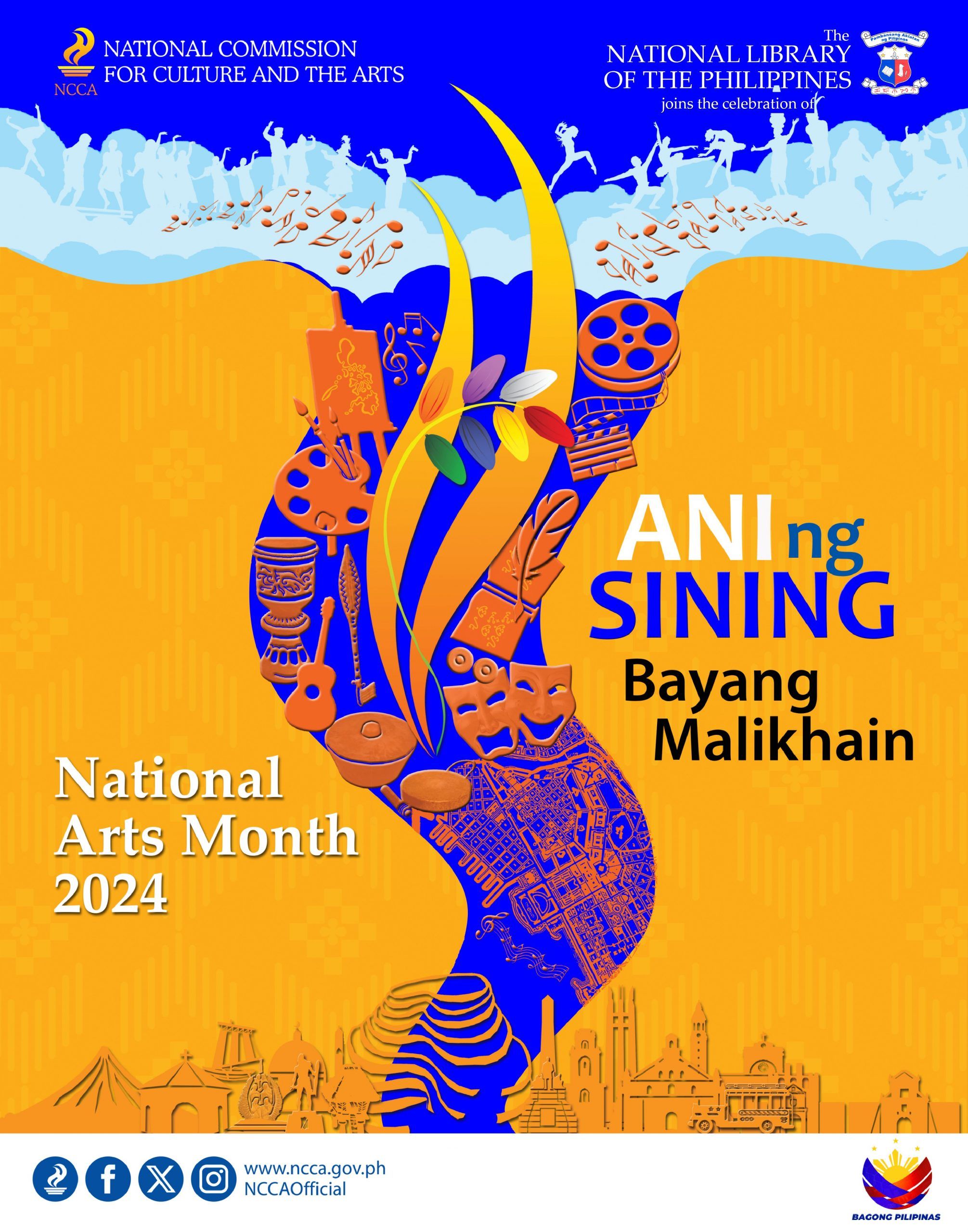
The tradition of the engagement ring has evolved through the centuries, with its roots tracing back to Medieval Europe. In this era, the engagement ring symbolized not only a promise of marriage but also served as a reflection of social status, wealth, and familial alliances. This article delves into the significance of the engagement ring in Medieval Europe, examining its materials, design, and the cultural meanings associated with it.
During the Medieval period, which spanned roughly from the 5th to the late 15th century, society was structured around feudal systems, and marriage played a crucial role in forging alliances between families. Engagements were often arranged for political or economic reasons, making the engagement ring a tangible symbol of these alliances. The engagement ring was not just a piece of jewelry; it represented a commitment that extended beyond personal feelings to encompass familial expectations and social standing.
The materials used in crafting engagement rings during the Medieval period varied widely, influenced by availability and social class. Gold was a popular choice among the wealthy, often embellished with intricate designs and adorned with precious gemstones such as rubies, sapphires, and emeralds. These stones were not only valued for their beauty but also …




